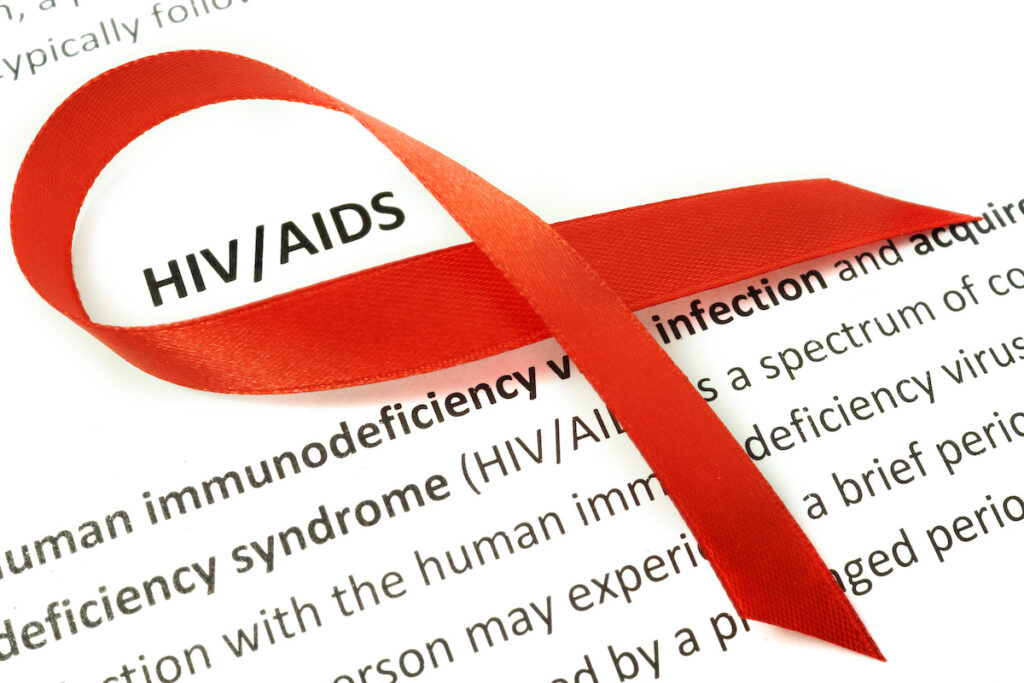Human Immunodeficiency Virus (HIV) is a virus that attacks the immune system, leaving the body vulnerable to infections and diseases. Acquired Immunodeficiency Syndrome (AIDS) is the most advanced stage of HIV infection, and without treatment, it can be fatal. In this article, we’ll discuss what HIV/AIDS is, how it’s transmitted, and the treatment options available for those living with the disease.
What is HIV/AIDS?
HIV attacks the body’s immune system by targeting CD4 cells, which are white blood cells that help fight off infections. Over time, HIV can destroy so many of these cells that the body is no longer able to fight off infections and diseases. When this happens, a person is said to have AIDS.
How is HIV/AIDS transmitted?
HIV is transmitted through bodily fluids such as blood, semen, vaginal fluids, and breast milk. The virus can be spread through sexual contact, sharing needles or other injection equipment, from mother to child during pregnancy, childbirth, or breastfeeding, or through blood transfusions (although this is rare in the United States due to testing protocols).
Treatment Options for HIV/AIDS
While there is no cure for HIV/AIDS, there are effective treatments available that can help manage the disease and prevent it from progressing to AIDS. These treatments are known as antiretroviral therapy (ART).
ART works by targeting different stages of the HIV lifecycle, preventing the virus from replicating and damaging the immune system. According to the Centers for Disease Control and Prevention (CDC), ART can reduce the amount of HIV in a person’s blood to undetectable levels, which not only improves their overall health but also greatly reduces their risk of transmitting the virus to others.
There are several types of ART medications, including:
- Nucleoside reverse transcriptase inhibitors (NRTIs)
- Non-nucleoside reverse transcriptase inhibitors (NNRTIs)
- Protease inhibitors (PIs)
- Integrase strand transfer inhibitors (INSTIs)
Your healthcare provider will determine which ART medication(s) are best for you based on factors such as your viral load (the amount of HIV in your blood), CD4 count, and any other medical conditions you may have.
In addition to ART, there are other treatments available to help manage HIV/AIDS, including:
- Pre-exposure prophylaxis (PrEP): a medication that can be taken daily to reduce the risk of HIV transmission
- Post-exposure prophylaxis (PEP): a medication that can be taken after exposure to HIV to reduce the risk of infection
Treatment for opportunistic infections: these are infections that can occur in people with weakened immune systems, and may include things like pneumonia or tuberculosis
Supportive care: this can include things like nutritional support, counseling, and other services to help manage the physical and emotional aspects of living with HIV/AIDS
It’s important to note that while ART can be highly effective, it’s not a cure for HIV/AIDS, and it requires lifelong adherence to the medication regimen. It’s also important to practice safe sex and take other measures to prevent the transmission of HIV to others.


